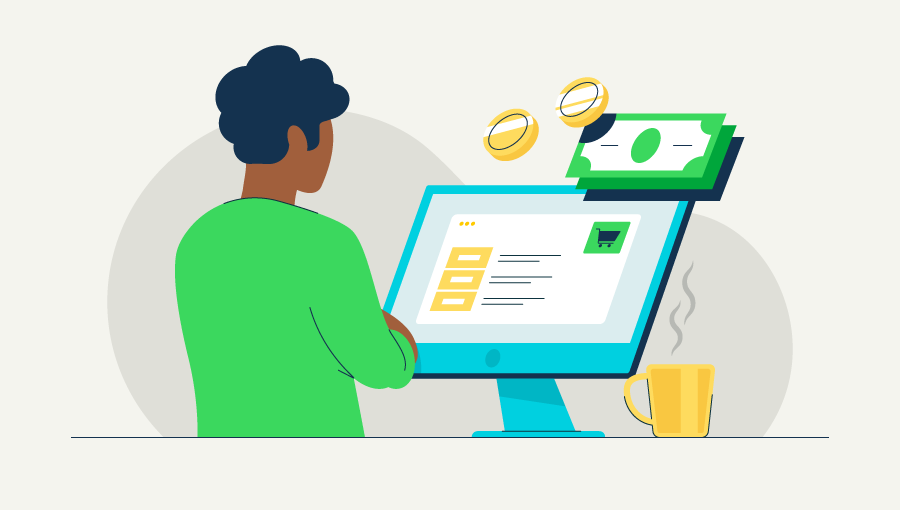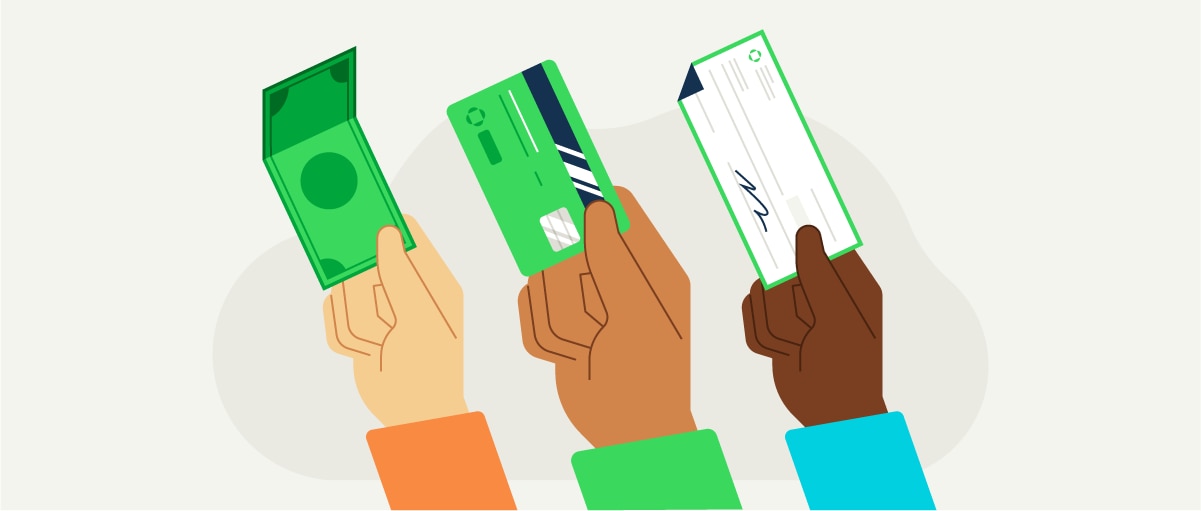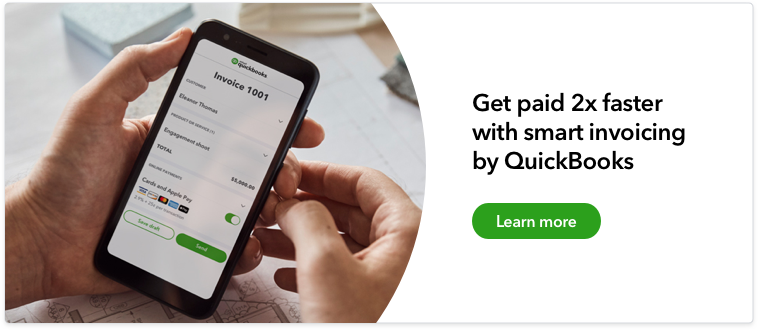How to offer credit to your customers: Best practices
If you plan to offer credit to your customers, consider these best practices.
1. Check the customer’s credit
When you allow customers to pay with a credit card, the credit card company assumes most of the risk if the cardholder fails to pay their bill. But when small business owners allow customers to pay on credit via check or invoice, the business takes on the risk of the customer’s bad debt.
To mitigate risk, some small business owners, or their credit department, will evaluate their customers’ creditworthiness before extending credit. You can run a credit history check on customers through one of the three major credit bureaus, TransUnion, Experian, and Equifax.
2. Share your credit policy
Setting payment expectations with your customers from the start can help you avoid payment issues later on down the road. Before customers pay with credit, make sure they’re aware of your credit policy and agree with the payment terms. A documented policy ensures all parties involved understand the terms of the agreement.
3. Collect applicant information
Collect information from the customers applying for credit, including:
- Their full name, and DBA (Doing Business As) name if applicable
- The billing address
- Purchaser information, as well as business ownership information if applicable
- If a B2B transaction, you may also choose to collect: The type of business
- Financial statement
- Current assets and liabilities
- The value of equipment under lease
- A dated inventory count
- Insurance information
- Tax ID
This information can help you make informed decisions about whether you should extend credit, and how much you should offer.
4. Invoice the customer
Once you’ve decided to extend credit to a customer, invoices are your way of billing them for the products or services they purchase. An invoice typically includes the amount due, due date, payment methods, and information regarding your credit policy. Sometimes, customers are timely with their payments, while other times they need a reminder.
With QuickBooks accounting, you can easily generate invoices and schedule reminders to get outstanding balances sorted out ASAP.













 Offering credit can strengthen B2B relationships. Just be sure to set clear terms so flexibility doesn’t turn into customers missing payment deadlines.
Offering credit can strengthen B2B relationships. Just be sure to set clear terms so flexibility doesn’t turn into customers missing payment deadlines.

 Start small with new customers, and then consider raising their credit limit over time once they prove a history of on-time payments.
Start small with new customers, and then consider raising their credit limit over time once they prove a history of on-time payments.



